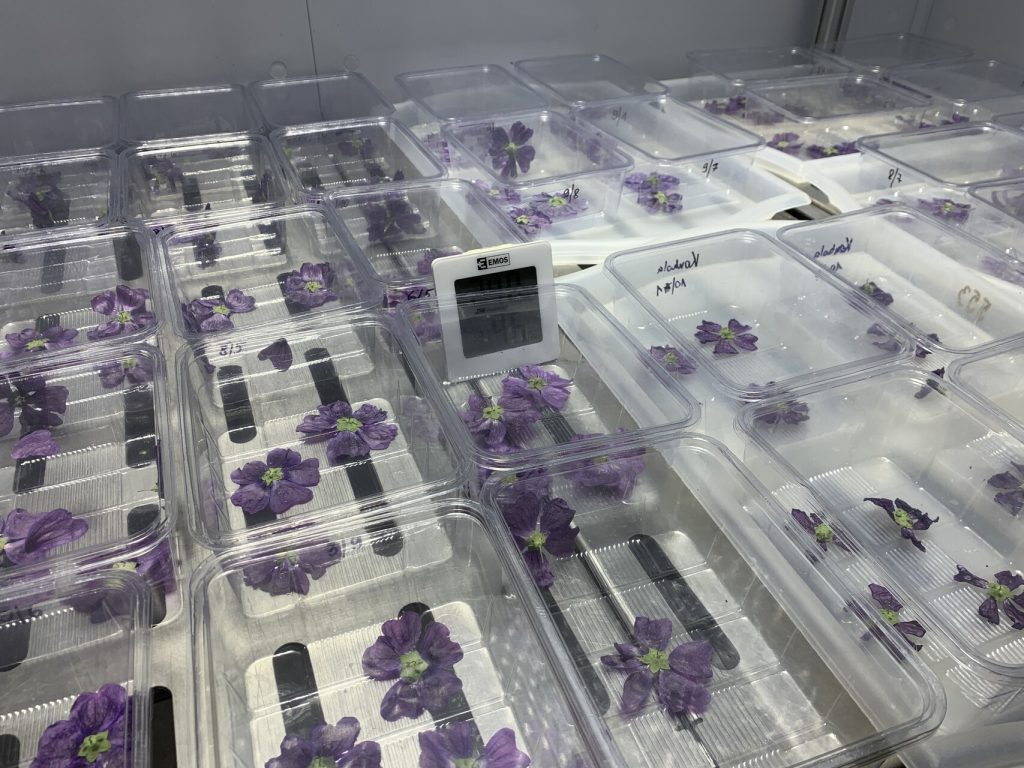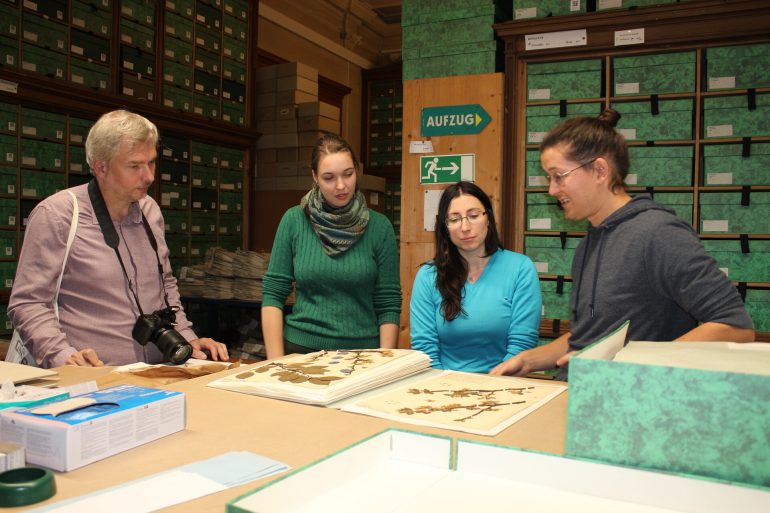Researchers from the Mendel University Faculty of Horticulture have recently completed their first five-year project investigating the history of collection, cultivation, and processing of medicinal and spice plants in the territory of the Czech lands, in collaboration with the Research Institute of Crop Production in Olomouc and the National Museum of Agriculture in Prague.
The use of medicinal plants has a rich history and research potential in the Czech Republic, but has not yet been studied in-depth from a scientific perspective. The research therefore aims at both preserving a cultural national heritage – whose memory remains in living witnesses but is gradually disappearing – and studying it from a historical, ethnobotanical, and natural-scientific point of view.
During the first part of the project, the researchers focused on collecting historical sources on medicinal plants and their uses, visiting numerous archives, museums, and libraries, including the convent of Merciful Brothers in Brno. “In the order’s collections, there are three different herbariums by Joachim Ramschissl, Norbert Boccio, and Menander Fekéte,” explained Mendel University researcher Jarmila Neugebauerová. “The most famous is the three-volume work of Norbert Boccio, which was used mainly for teaching. This unique work contains more than 1,200 pressed plants. The identification of these species and the updating of the alphabetical index is the subject of current research.”

“The use of medicinal plants as food and medicine is as old as human settlement,” noted Neugebauerová. The cultivation of medicinal plants on Czech territory dates back to the tenth century. With the arrival of religious orders, monasteries were founded, and with them gardens which cultivated medicinal and other useful plants. A great boom in cultivation was noted in the mid-19th century.
“The long-term collection and cultivation of selected species in certain areas gradually deepened the mutual relationship between man and plants,” added Neugebauerová. “The deliberate breeding activity highlighted the desired properties, which gradually created a wide range of regional varieties and increased diversity across regions.
The researchers’ attention was also focused on the creation of plant collection exhibitions, with the trial and evaluation of different methods of drying and preparing the plant materials. The research results, in the form of exhibitions of natural specimens and historical sources and their elaborations, accompanied by thematic publications, will be made available as the project continues.







